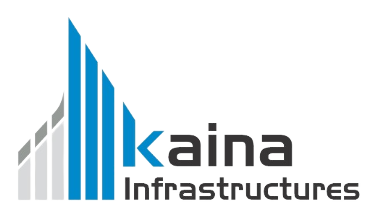Project execution
Project execution is the phase of a project’s lifecycle where the plans and strategies formulated during the planning phase are put into action to achieve the project’s objectives. It involves the actual implementation, coordination, and control of various tasks, resources, and activities necessary to complete the project successfully.
Project execution is the phase of a project’s lifecycle where the plans and strategies formulated during the planning phase are put into action to achieve the project’s objectives. It involves the actual implementation, coordination, and control of various tasks, resources, and activities necessary to complete the project successfully.
Here are the key steps and aspects involved in project execution:
- Task Assignment: Assign responsibilities and tasks to team members based on their expertise and skills. Clearly communicate the scope, expectations, and deadlines for each task.
- Resource Allocation: Allocate the necessary resources, including human resources, budget, equipment, and materials, required for the project.
- Project Monitoring and Control: Keep track of project progress regularly, compare it to the planned schedule, and identify any deviations or issues that may arise during execution.
- Risk Management: Continuously assess and address potential risks that could impact the project’s success. Develop mitigation plans to minimize the impact of adverse events.
- Quality Management: Ensure that the project’s deliverables and outcomes meet the required quality standards. Implement quality control processes to identify and rectify any defects.
- Communication: Maintain clear and effective communication among all project stakeholders, including team members, management, clients, and other relevant parties.
- Change Management: Be prepared to handle changes that may occur during project execution. Assess the impact of changes and implement them in a controlled manner if necessary.
- Issue Resolution: Address any problems or roadblocks that arise promptly. Collaborate with the team to find solutions and keep the project on track.
- Documentation: Maintain thorough and up-to-date documentation of project activities, decisions, and changes.
- Client/ Stakeholder Engagement: Keep the client and other stakeholders informed about the project’s progress, involve them when necessary, and address their concerns and feedback.
- Testing and Validation: Depending on the project, conduct testing and validation to ensure that the project’s outputs meet the specified requirements.
- Milestone Reviews: Set up regular milestone reviews to evaluate progress, assess the project’s alignment with objectives, and make necessary adjustments.
- Lessons Learned: Continuously gather feedback and insights from the team members about the project execution process. Use this information to improve future project execution.
Overall, effective project execution requires strong project management skills, clear communication, efficient resource allocation, and the ability to adapt to changes and challenges. It is a critical phase in achieving project success and delivering the intended results to the stakeholders.
